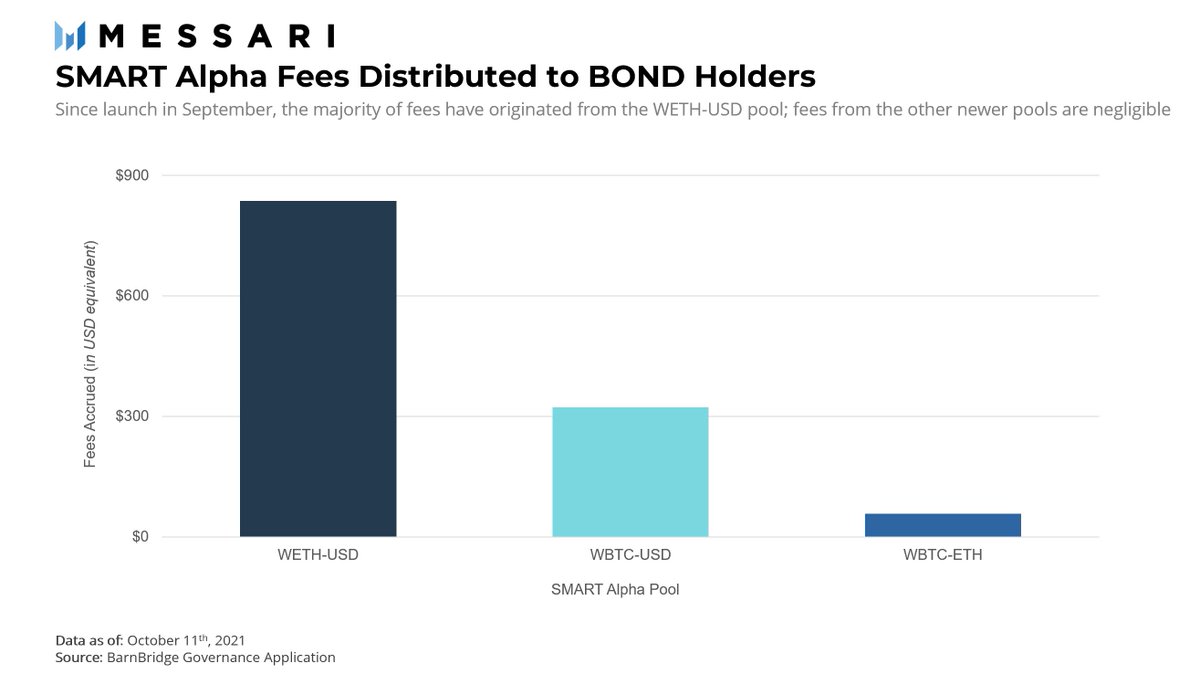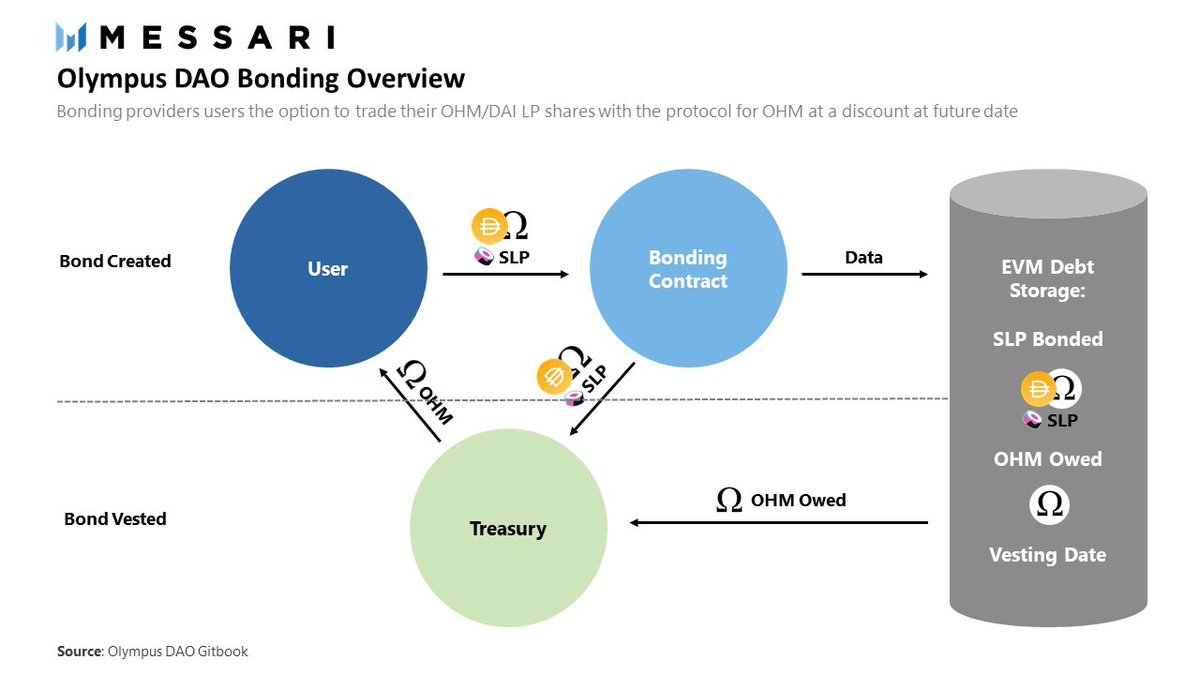
1/ Today’s DeFi ecosystem faces an infrastructure risk with the base problem of liquidity - an issue that takes time away from protocol development.
@TokenReactor's model looks to solve this by establishing critical liquidity infrastructure in the form of Liquidity-as-a-Service.
@TokenReactor's model looks to solve this by establishing critical liquidity infrastructure in the form of Liquidity-as-a-Service.

2/ @TokenReactor is designed as a disaggregated market maker.
In Tokemak’s model, the protocol acts as the technology component with capital and market expertise being sourced from third-parties referred to as Liquidity Providers (LPs), Liquidity Directors (LDs), and Pricers.
In Tokemak’s model, the protocol acts as the technology component with capital and market expertise being sourced from third-parties referred to as Liquidity Providers (LPs), Liquidity Directors (LDs), and Pricers.

3/ @TokenReactor's roadmap began in the summer of 2021 with the initiation of Cycle Zero.
Considered the pre-launch cycle, Cycle Zero consisted of three stages:
+ The DeGenesis Event
+ Genesis Pools
+ The C.o.R.E.
C.o.R.E. 2 is slated to begin in early November,
Considered the pre-launch cycle, Cycle Zero consisted of three stages:
+ The DeGenesis Event
+ Genesis Pools
+ The C.o.R.E.
C.o.R.E. 2 is slated to begin in early November,

4/ Learn more about @TokenReactor's approach to DeFi liquidity in the full article from @RJ_Swanson messari.io/article/tokema…
• • •
Missing some Tweet in this thread? You can try to
force a refresh

















